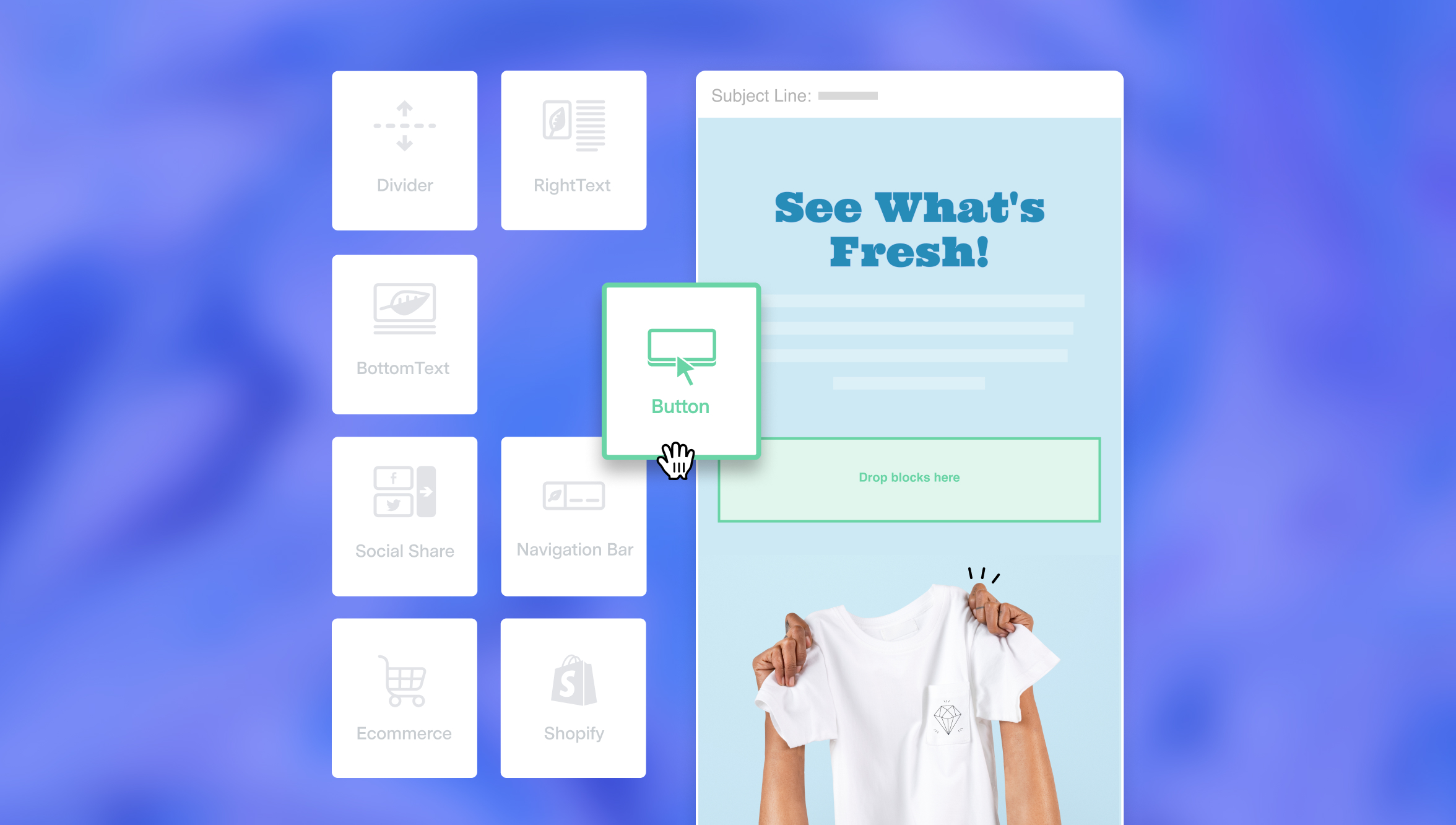
There are a lot of advantages to having a company blog. You can use it to fuel your backlink strategy, direct traffic to key posts, practice effective SEO, and guide your audience along the buyer’s journey.
But to get to a point where your audience relies on and looks forward to reading your blog content requires taking specific steps and a bullet-proof strategy. You can’t just publish an article here and there and expect to see success. You need to be publishing high-quality content that is tactical and consistent.
We’re talking about getting your blog to a place where it’s considered a trusted and reliable industry resource. There’s no reason you can’t create a space for experts to go for the most up-to-date and insightful content. Let’s go over the steps needed to turn your blog into an industry publication.
1. Create a Documented Content Strategy
A documented content strategy is crucial. You need this to ensure the content you’re creating is aligned with your goals, addresses your audience’s pain points, and keeps your team on the same page. Having it documented somewhere allows you to reference it whenever you need to, so make sure it’s stored somewhere everyone has access to.
Some things to include in your strategy include:
- Key audience personas
- The goals you want to achieve with your content
- The types of content you want to create
- A keyword list and SEO strategy
- A distribution plan to ensure your content gets to the right people
2. Establish Blog Guidelines
You want the content that publishes on your blog to live up to certain standards. Your blog content should be high-quality, educational, optimized for search engines, and use the appropriate keywords. Establishing these guidelines first will help you create blog content that is consistent with it, and give any outside contributors examples of the kind of quality, format, and topics that your blog focuses on.
Sit with your marketing team and list out the various guidelines you want. For example:
- All blog content must be original, unique, and not published elsewhere. Plagiarism will not be accepted.
- Articles with grammatical errors and inconsistencies will not be accepted.
- Each blog post should be a minimum of 800 words and not exceed 2,000 words.
- Each data point should be credibly cited with content no older than two years.
- Please keep in mind our audience of small business owners, agencies, marketing professionals, and business leaders. All topics should align with their needs.
- Absolutely no fluff.
You may also want to list any desired tone and topic areas to cover. And, it doesn’t hurt to include stipulations around images and links. Be as clear as possible, as that ensures there’s no miscommunication later on and that the content you’re being pitched doesn’t need to be heavily vetted.
3. Create an Editorial Calendar
If you want contributors to write for your blog, you have to show them that there’s a thriving blog to contribute to. This means creating content and publishing it consistently. The best way to do this is to create an editorial calendar and stick to it.
Before each month starts, dedicate some time to sourcing blog topic ideas and brainstorming. You can talk to your sales team and see what areas appear a bit murky for leads, or ask them what questions they get asked most frequently. Use these insights to guide your topic ideation, and then start placing the topics into your editorial calendar for the month. For each piece, state what stage it’s at and who is accountable to keep projects moving and on time.
4. Hire a Content Manager
Having a content marketing team will help drive your blog content into first gear. But if budgets are tight and you don’t have the bandwidth for a large team, at least have a content manager. Having someone to manage all your blog content will ensure your editorial calendar isn’t just show. It also gives you a point person to direct any inquiries you get from outside contributors. Make sure this person is well-versed in your blog strategy, the type of content you want to publish, and how to appropriately vet content that’s being submitted.
5. Establish a Process for External Contributors
Part of running a publication is publishing high-quality content from external sources. Create a process for people to submit their content, as well as for your team to vet, review, edit, and publish that content. Make sure you use your blog guidelines in the process and only publish content that is well-written, edited, speaks to your audience, and contributes to your SEO strategy.
External contributors can be very valuable for your blog, as long as they create content that is backed by data, aligns with your guidelines and audience and is well-written. By accepting outside contributions, your content can reach a wider audience through cross-promotion, allowing you to cast a wider net.
Building up your blog takes time and dedication. If you consistently write and publish content, you’ll build a reputation for being a valuable resource to your audience and in your industry. Over time, you’ll see interest from outside contributors grow, and your readership numbers will follow.






